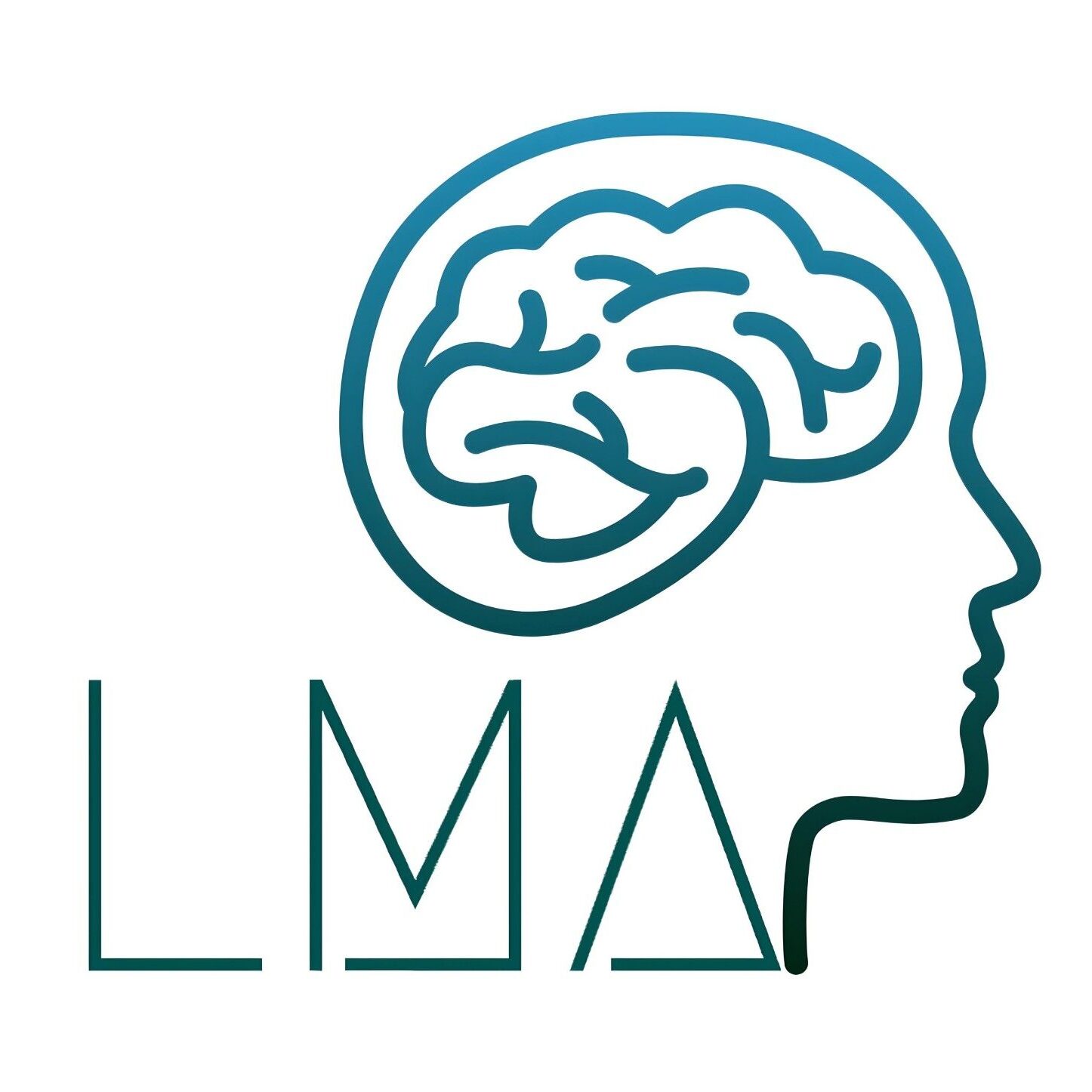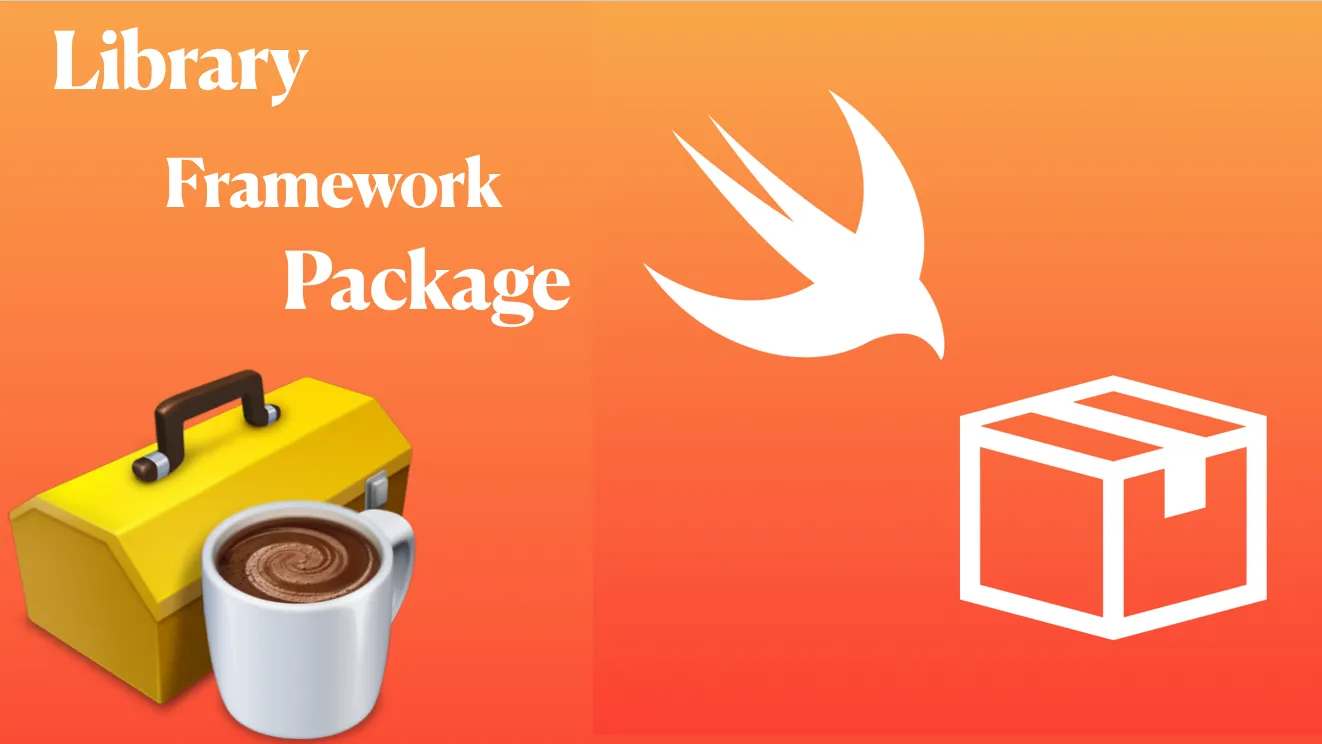Choosing Between Libraries, Frameworks, and Packages in Swift: A Comprehensive Guide
In Swift development, choosing between libraries, frameworks, and packages is crucial for structuring code, managing dependencies, and enhancing project scalability. Each option offers unique advantages and considerations, impacting development efficiency and maintainability. This article dives deeper into these concepts, comparing their strengths, weaknesses, and real-world applications to help you navigate Swift development effectively.
Libraries
What is a Library?
A library is a collection of precompiled code modules that offer specific functionalities, typically focused on solving particular tasks or providing services. Libraries can be statically or dynamically linked to projects and are often designed for reuse across different applications.
Advantages of Libraries:
- Focused Functionality: Libraries excel at providing specialized functionalities like image processing, networking, or data parsing.
- Code Reusability: They facilitate code reuse across projects, reducing development time and effort.
- Performance Optimization: Libraries can be optimized for performance, offering efficient solutions to common problems.
Disadvantages of Libraries:
- Integration Complexity: Integrating and maintaining multiple libraries can lead to dependency management challenges.
- Limited Customization: Libraries may not always align perfectly with specific project requirements, requiring workarounds or modifications.
Real-Time Example:
Alamofire: A library for Swift that simplifies networking tasks such as HTTP requests and response handling.
import Alamofire
AF.request("https://api.example.com/data").responseJSON { response in
if let json = response.value {
print("JSON: \(json)")
}
}
Frameworks
What is a Framework?
A framework is a comprehensive collection of libraries, tools, and resources that provide a foundation for building applications. Frameworks define the structure and flow of an application, offering integrated solutions to various development challenges.
Advantages of Frameworks:
- Comprehensive Solutions: Frameworks provide integrated solutions for developing entire applications, including UI components, data management, and more.
- Standardization: They enforce coding standards and best practices, promoting consistency across projects.
- Extensibility: Frameworks are designed to be extensible, allowing developers to add custom functionalities.
Disadvantages of Frameworks:
- Learning Curve: Frameworks often have a steeper learning curve due to their comprehensive nature and predefined structures.
- Overhead: Including an entire framework may introduce unnecessary overhead if only specific functionalities are needed.
Real-Time Example:
UIKit: Apple’s framework for building user interfaces in iOS applications, offering a wide range of UI components and tools.
import UIKit
class ViewController: UIViewController {
override func viewDidLoad() {
super.viewDidLoad()
let label = UILabel()
label.text = "Hello, UIKit!"
label.frame = CGRect(x: 50, y: 50, width: 200, height: 50)
self.view.addSubview(label)
}
}
Packages
What is a Package?
A package is a unit of code distribution that includes libraries, frameworks, or other modules managed by a package manager. Packages simplify dependency management, promote modularity, and facilitate the integration of third-party functionalities into projects.
Advantages of Packages:
- Dependency Management: Packages streamline dependency resolution and ensure compatibility with other project components.
- Modularity: They promote code modularity, allowing developers to encapsulate and reuse components easily.
- Community Contributions: Packages facilitate the integration of third-party libraries and tools developed by the community.
Disadvantages of Packages:
- Versioning Issues: Dependency conflicts and version mismatches can occur when managing multiple packages.
- Quality Control: Depending on community-contributed packages may pose risks in terms of code quality and maintenance.
Real-Time Example:
SwiftLint: A package that enforces Swift style and conventions, ensuring consistent coding practices across projects.
// Example of integrating SwiftLint in Package.swift
let package = Package(
name: "MyApp",
dependencies: [
.package(url: "https://github.com/realm/SwiftLint", from: "0.43.0")
],
targets: [
.target(name: "MyApp", dependencies: ["SwiftLint"])
]
)
// Running SwiftLint in your project
swiftlint autocorrect
Choosing Between Library, Framework, or Package
Libraries
- Best For: Specific functionalities, code reuse, performance optimization.
- Use When: You need standalone functionalities that can be integrated into various projects without a comprehensive framework overhead.
Frameworks
- Best For: Comprehensive application development, standardized structures, extensibility.
- Use When: Building complex applications that require integrated solutions and enforce standardized development practices.
Packages
- Best For: Dependency management, modularity, community contributions.
- Use When: Managing dependencies, promoting modularity, and integrating third-party functionalities efficiently.
Conclusion
Understanding the differences between libraries, frameworks, and packages in Swift is essential for making informed decisions in your development projects. Libraries offer focused functionalities and code reuse, frameworks provide comprehensive development structures, while packages streamline dependency management and promote modularity. By leveraging these tools effectively, you can enhance productivity, maintainability, and scalability in Swift development.
— End —

